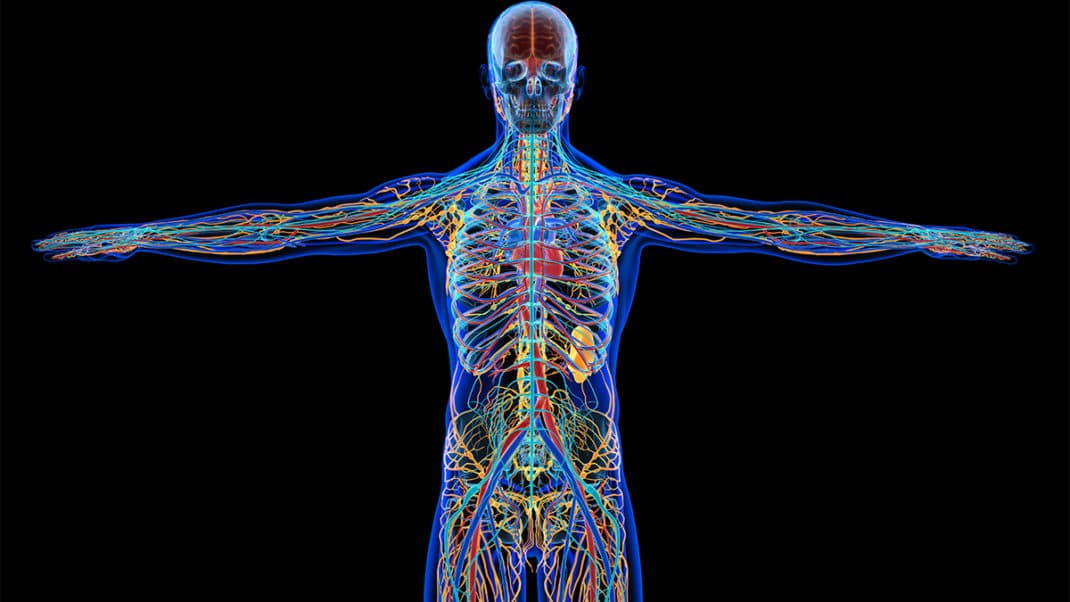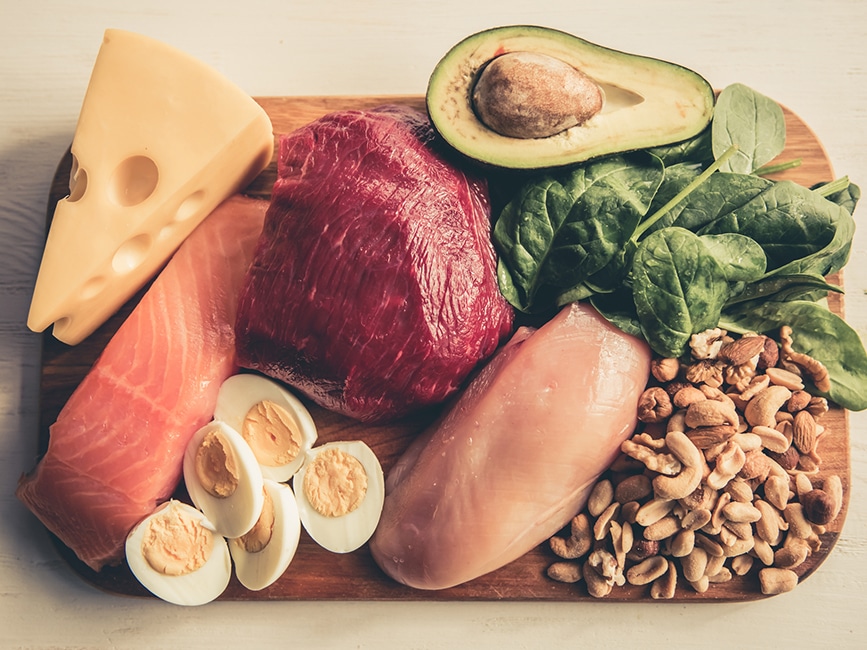Ask the RD

Question: I use chia seeds and flaxseed in smoothies. How do they compare to fish as sources of omega‐3s?
Answer: The difference lies in the type of omega‐3 fatty acids. Plant sources like chia seeds and flaxseed contain alpha‐linolenic acid (ALA), while fish contain eicosapentaenoic acid (EPA) and docosahexaenoic acid (DHA). ALA is an "essential fatty acid," meaning it must be obtained from food because the body can't make it. Our bodies produce only negligible quantities of EPA and DHA from ALA, so we must get them from food as well (Weylandt et al. 2015).
Research on EPA and DHA, the fish fatty acids, has shown that they help reduce cardiovascular disease risk, probably through a combination of lowering blood lipids, reducing inflammation and decreasing platelet aggregation (or clotting) (Papanikolaou et al. 2014). They may also protect against inflammatory diseases and some types of cancer. The benefits of ALA from seeds and nuts aren't nearly as clear, but some studies suggest a link to lower cardiovascular disease risk (Anderson & MA 2009; Rodriquez‐Leyva et al. 2010).
Recommended intake of ALA is 1.6 g per day for men and 1.1 g per day for women (IOM 2005). That's less than a tablespoon of flaxseed or walnuts (Rodriquez‐Leyva et al. 2010). While Americans don't come close to meeting recommendations for EPA and DHA intake, women tend to meet ALA recommendations (Papanikolaou et al. 2014). Consuming more EPA and DHA from fish—especially fatty fish like salmon, mackerel, sardines and anchovies—may be a higher priority than increasing ALA intake.
That said, sources of ALA include nutritious foods like flaxseed and flaxseed oil, walnuts and walnut oil, chia seeds, canola oil, soybeans and soy oil, and even dry beans (Rodriquez‐Leyva et al. 2010). Because flaxseed and chia seeds have that fibrous seed coat, you do need to grind them, as in your smoothies, to get the most ALA out of them.
References
Anderson, B.M., & Ma, D.W. 2009. Are all N‐3 polyunsaturated fatty acids created equal? Lipids in Health and Disease, 8, 33. doi:10.1186/1476‐511X‐8‐33.
IOM (Institute of Medicine). 2005. Dietary Reference Intakes for Energy, Carbohydrate, Fiber, Fat, Fatty Acids, Cholesterol, Protein, and Amino Acids (Macronutrients). Washington, D.C.: National Academies Press. Accessed Feb. 20, 2017. www.nap.edu/catalog/10490/dietary‐
reference‐intakes‐for‐energy‐carbohydrate‐fiber‐fat‐fatty‐acids‐cholesterol‐protein‐and‐amino‐acids‐macronutrients.
Papanikolaou, Y., et al. 2014. U.S. adults are not meeting recommended levels for fish and omega‐3 fatty acid intake: Results from an analysis using observational data from NHANES 2003–2008. Nutrition Journal, 13, 31.
Rodriguez‐Leyva, D., et al. 2010. The cardiovascular effects of flaxseed and its omega‐3 fatty acid, alpha‐linolenic acid. Canadian Journal of Cardiology, 26 (9), 489–96.
Weylandt, K.H., et al. 2015. Omega‐3 polyunsaturated fatty acids: The way forward in times of mixed evidence. BioMed Research International. doi:10.1155/2015/143109.
Sanna Delmonico, MS, RDS, CHES
"Sanna Delmonico, MS, RDN, CHE, is an associate professor at the Culinary Institute of America where she teaches food safety and nutrition. She previously led programming for the CIA Healthy Kids Collaborative and the CIA-Harvard Healthy Kitchens, Healthy Lives Continuing Medical Education Conference. Prior to joining the CIA, she was an instructor at Santa Rosa Junior College where she co-coordinated the dietetic technician program. Sanna develops delicious, seasonal recipes and writes about food and nutrition for publications, including IDEA Fitness Journal. She lives in Napa, California, and is a home winemaker."





